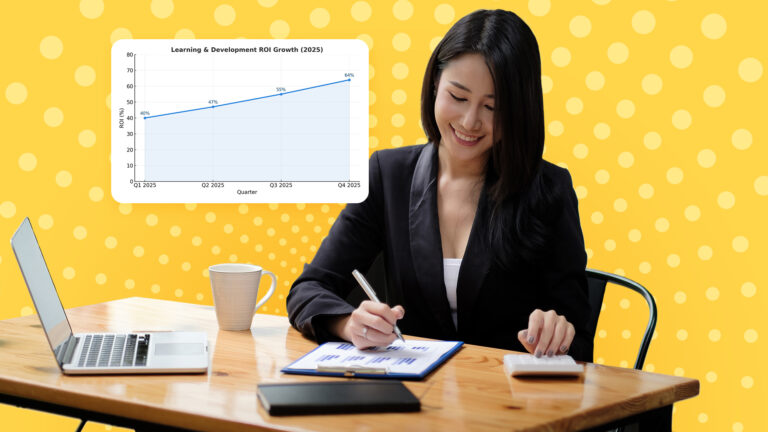The Road to a Gender Equal World
Gender equality isn’t just a women-centered issue; it’s a business growth issue. Communities, societies, and economies will only thrive and succeed when men and women are provided with the same opportunity to develop skills, gain employment, and acquire leadership positions in the workplace.
Advancing women’s equality could lead to a progress boost in the Asia Pacific region. Countries in the region stand to gain a whopping $4.5 trillion on top of its business-as-usual total GDP by 2025 if significant investments are made for the benefit of female workers. For the Philippines, that’s a $40 billion annual increase five years from now.
These three economic levers must be considered to make this happen: 1) statistical growth of women’s labor-force participation; 2) higher pay rate per work hour whether part-time or full-time job; 3) increase of women presence and involvement in higher-productivity industry sectors.
The Philippines maintains its position as the best performing country in Asia for gender parity across all forms of economic participation, according to the 2020 Global Gender Gap Report which other 149 countries around the world were also participants.
During the World Economic Forum’s (WEF) annual announcement, it was revealed that the Philippines landed at 16th place with a 0.781 overall mark which gives it a considerable edge over economic superpowers like Japan (121), United States (53), and the United Kingdom (21).
Here’s the Philippines’ score card:
- Economic Participation and Opportunity (rank 14): 0.792
- Political Empowerment (rank 29):0.353
- Educational Attainment (rank 37):0.999
- Health and Survival (rank 41):0.979
According to the Global Gender Gap Index 2020, the country’s overall score can be attributed to the following: 1) having more women than men enrolled in secondary and tertiary education; 2) women dominating leadership professions, professional careers, and senior roles; 3) low wage gap and high economic opportunities.
Mind the Century-Long Gap: No Gender Parity for 100 Years
Without revolutionary support for promoting equal access to men and women, the Global Gender Gap Report 2020 said that it is unlikely that our generation and even the next generation can witness gender parity. At the current rate it will at least 99.5 years to achieve global gender parity.
Creating global awareness of the challenges experienced by one-half of the world’s available talent is one means to help achieve parity. However, the International Monetary Fund (IMF) has proposed that policymakers should start implementing law reforms on incentivizing female labor force, improving childcare and elder care regulations, and providing quality education and health care access.
Power in Parity: Advancing Women’s Equality in the Workforce
As the World Economic Forum’s (WEF) flagship publication, the Global Gender Gap Annual Report provides a voice for the organization in promoting its vision of building future societies with equal and inclusive opportunities for all its members. Through this gender-empowering platform, global business leaders and multinational companies work hand in hand to educating the workforce, adopt pro-employee work strategies, and ensure unbiased treatment for all seeking job opportunities.
Some of the world’s best and most amazing talent can be found in the Philippines. When a company chooses to outsource business functions to the Philippines they gain access to highly diversified workforce of men and women with multidisciplinary skills at a globally competitive price; and they take part in promoting gender equality in the Asia Pacific and the world.
At ClinkIT Solutions, we give credit to our female workforce by successfully managing our varied cloud-based and professional services to deliver measurable, sustainable results for our clients and our communities. Make an impact on your business and to the world by partnering with us. Speak with an outsourcing specialist today.



